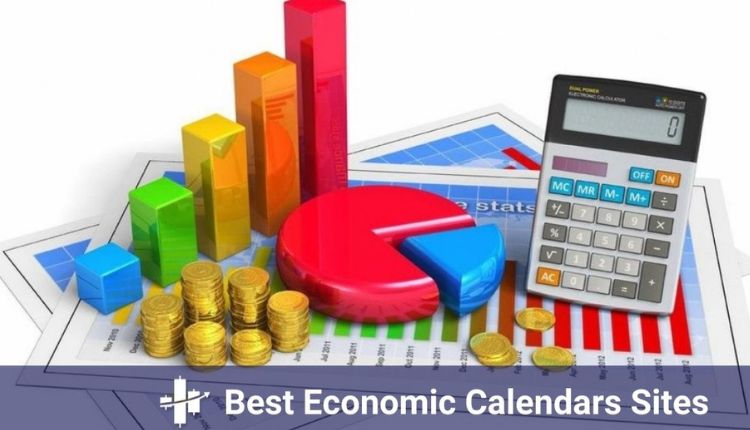Introduction:
In the realm of global economics, the United States stands as one of the most influential and powerful players. Its economic decisions and policies can have far-reaching effects on markets, industries, and countries worldwide. To keep track of the nation’s economic health and performance, economists, investors, and policymakers rely on a critical tool: the US Economic Calendar. This comprehensive guide aims to shed light on the importance of the US Economic Calendar, how to interpret its data, and how to make informed decisions based on the information it provides.
The Significance Of The US Economic Calendar:
The US Economic Calendar serves as a vital resource for anyone with an interest in the financial landscape. It provides a schedule of major economic events, such as releases of key economic indicators, important speeches by policymakers, and major central bank meetings. Understanding the significance of these events is essential as they can impact various asset classes, including stocks, bonds, currencies, and commodities. Moreover, economic data can influence consumer confidence, investment decisions, and even government policies.
Key Economic Indicators And Their Impact:
This section delves into some of the most critical economic indicators found on the US Economic Calendar. Examples include Gross Domestic Product (GDP), unemployment rate, Consumer Price Index (CPI), and retail sales. Each indicator has a unique role in assessing the health of the economy, and their release often sparks market volatility. This article will explain how these indicators are calculated, why they matter, and how they can influence financial markets.
Interpreting The Data And Market Reactions:
Understanding economic indicators is just the first step; interpreting their data is equally important. This section will guide readers on how to analyze economic releases in the context of market expectations. Additionally, it will shed light on the varying degrees of impact that economic data can have on different markets, ranging from short-term fluctuations to long-term trends. Furthermore, readers will learn how to distinguish noise from meaningful signals and identify potential trading or investment opportunities.
Using The Economic Calendar For Financial Decision-Making:
With knowledge of the US Economic Calendar and the ability to interpret its data, readers can optimize their financial decision-making. This section will provide insights into how investors and traders can leverage the calendar to make informed choices based on economic events. Whether adjusting a portfolio, timing trades, or hedging positions, incorporating the economic calendar into one’s financial strategy can prove advantageous.
The Role Of The Federal Reserve And Central Bank Communications:
The Federal Reserve plays a central role in shaping the US economy, making its policy decisions and communications critical for market participants. This section will highlight the importance of the Federal Reserve’s statements, press conferences, and interest rate decisions, and how they impact markets and investor sentiment. Understanding the central bank’s forward guidance can help predict future monetary policy actions, giving investors a strategic advantage.
Conclusion:
The US Economic Calendar serves as a roadmap for navigating the complex and dynamic terrain of the US economy. Its data and events provide valuable insights into economic performance, market trends, and policy direction. Armed with a comprehensive understanding of economic indicators and their impact, investors and policymakers can make more informed decisions and adapt to changing economic conditions.
FAQs:
- How often is the US Economic Calendar updated, and where can I access it?
The US Economic Calendar is updated regularly and can be accessed through various financial websites, news portals, and government agencies. Popular platforms that offer up-to-date economic calendars include Bloomberg, Investing.com, and the official website of the US Bureau of Economic Analysis (BEA).
- What are the most important economic indicators to watch on the US Economic Calendar?
While all economic indicators carry significance, some key indicators are particularly influential in shaping market sentiment. These include the monthly employment report (Nonfarm Payrolls), GDP growth rate, inflation indicators like CPI and PPI, and the Federal Reserve’s interest rate decisions and policy statements.
Keep in mind that the length of the article and the specific content provided in each section may be adjusted based on the depth of coverage required and the level of understanding of the target audience. The article can be expanded further with real-life examples, historical market reactions to economic events, and additional FAQs to enhance its value for readers.
